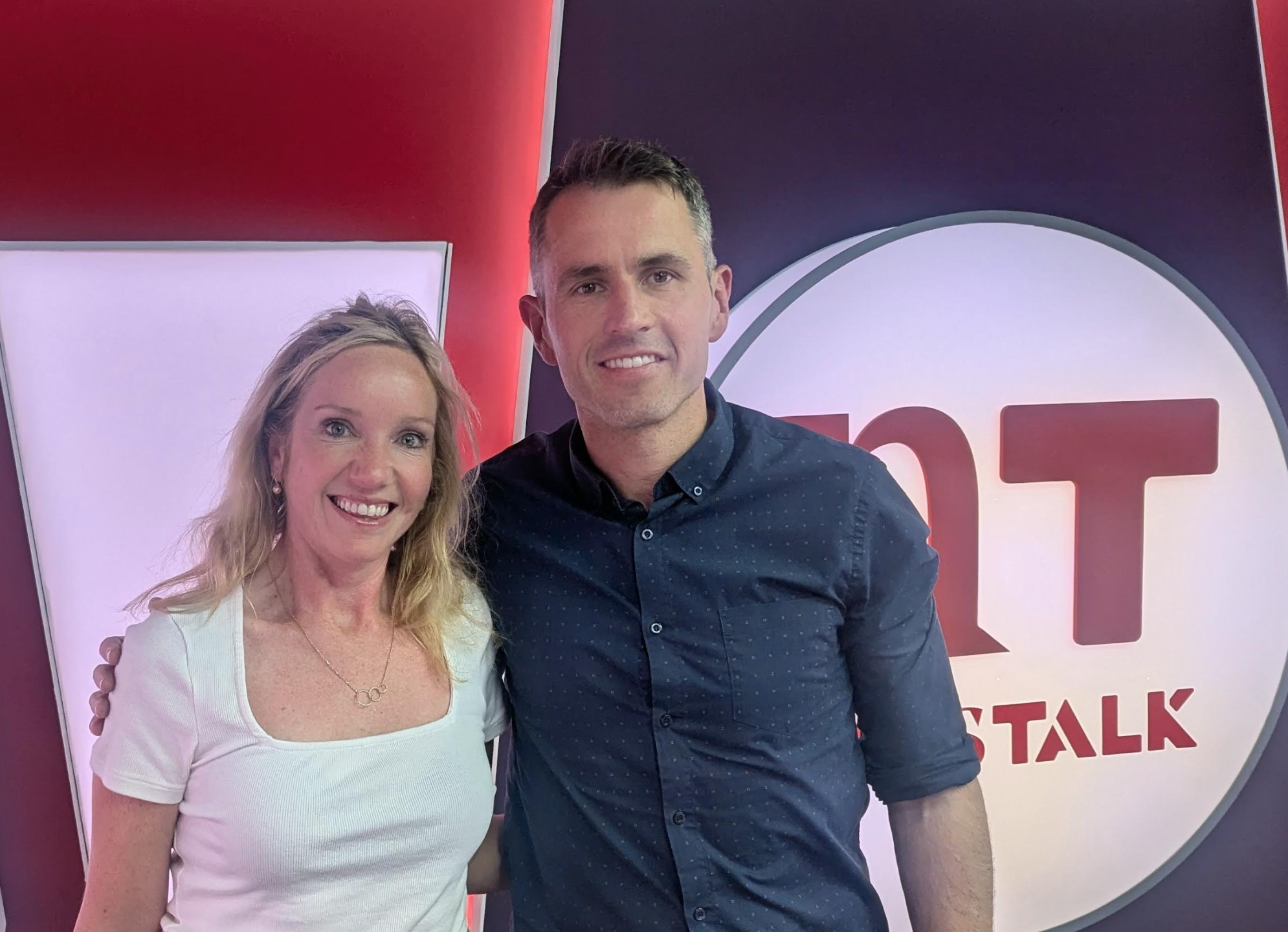How to help your child with ADHD sleep better today

I'm excited to bring you this blog post. It's by a woman I've had the pleasure of getting to know recently who has a sleep business in Philadelphia USA. Her entire focus is to help children and support the families of children with special needs to sleep better. Melissa and her team help children with Trisomy 21/Down syndrome, Cerebral Palsy, Autism/ ASD, PDD-NOS, ADD/ADHD and Developmental Delays
Sleep is personal and complicated and especially complicated with special needs. Read on to learn how Melissa and her team help children with ADHD specifically. Also useful to know, while Melissa's team is currently based in Philadelphia you can access her consultancy services, you can get the full sleep support course online. HERE
+++++
Better Sleep Tonight for Your Child with ADHD
(By Melissa Doman)
If you are a parent of a child with ADHD/ADD, you know the challenges that come with their sleep. Whether they cannot "shut off" their brain, be on their own, or struggle with anxiety around the night, your child is missing out on precious hours of rest.
You know they are desperate for good sleep! You want to see them be successful in school and therapy, and know how important it is for them to win.
Here are my top 5 tips that you can start tonight to help your ADHD child get more quality sleep. And 3 things to avoid and one easy thing to start today
1. Create the ideal bedtime routine for your child with ADHD
Most families I work with already know the power of the routine and predictability for their child. When things are “black and white”, your child feels more at ease. And, when they are more relaxed, they can slow the wheels in the brain down.
But, I find many children with ADHD need more time and do not have the right activities in their routine. First give your child up to 1 hour to fully wind down for the night. Things won't feel so rushed, and it allows flexibility if your child needs more or less time for certain activities.
2. Start your routine with some playtime
Light physical activity, playing board games, using the sensory swing, coloring or drawing. This give your child some extra one-on-one time with you and gives an outlet for pent up energy.
3. Next, start slowing things down
Do this with a bedtime snack, some stretching, and/or massage. If your child has had a particularly busy day, do less play time and focus more on the slower activities.
4. Do the usual bedtime routine activities
Bath, teeth, pyjamas, final potty stop, etc. If there are certain activities that you know can be too overstimulating or frustrating, find the right balance! Don't throw your child into overwhelm because they “have” to brush their teeth for 2 minutes.
5. Give your child choices…as much as possible!
After an unpredictable and crazy day for your child, they need to have a sense of control to feel settled.
Giving your child as many chances to choose in their routine can help them get this control. Let your child choose what physical activity, the bedtime snack, the color of their pajamas, the last book you read before bed! There are so many places to stop and get your child's feedback.
For some children, they might need to have choice over their bedroom setup, too. How much light do they want in the room? Do certain objects need to go? Do they like their bed in a particular place? If your child is anxious about going to sleep, their room needs to feel like a safe place. Giving them choice over their environment can help immensely.
It might not be best to ask open ended questions if your child has difficulty with spoken communication. Offer a choice of 2-3 things and they can verbally say, point, or look at the choice they want.
Tools that can help. Timers can be your friend
- Does your child have a hard time transitioning? Or, do they try to draw out bedtime as long as possible? Using timers can be a great tool to help with this. Timers can be used in both ways. They can be used for transitioning from a preferred activity, or to have a clear boundary about not-so-preferred activities.
- For example, if your child cannot move from playing with Lego, set a timer so it's clear the activity will end. This puts the “blame” on the timer, but your child also learns that you're sticking to your word.
- Does your child hate brushing their teeth? Set a timer to an amount of time that's not impossible for your child, but you'll also feel satisfied that their teeth are clean enough.
- Time cubes are a super fun way to keep transitions going. And, it allows you to give your child choice as well!
3 things you should you avoid?
1. Avoid overstimulating activities.
Many of the children I work with have delicate sensory systems. With the lights, sounds, and more they are exposed to daily, this can easily put your child into a place of sensory overwhelm.
This can look like hyperactivity, lack of focus, fixating on certain things, getting upset easily, anxiety, and more. Considering this, we want to try and avoid the things that will aggravate an already sensitive system.
2. Avoid all screens at least 1 hour (or more!) before bedtime.
This light influence will trick your child's brain into thinking it's still daytime and disrupt the falling asleep process. You might need to consider a screen time cap for the day. Often, parents know that too much screen time, no matter what time of day, can do more harm than good.
3. Avoid really intense or strenuous physical activity.
If your child with ADHD is constantly on the go, more activity can make it harder to maintain sleep at night.
In addition, you might have to closely evaluate the content of the things your child is watching and reading. If things are too intense, serious, or scary, your child might fixate on topics or feel more anxious.
What you can start today? Start journaling together
Working with adults, I learned the importance and power of journaling. For some of us, we will not rest easily knowing that we have thoughts and to-dos in our heads.
Taking a few minutes to sit and journal with your child allows them to talk about the things they're pondering. And, it may even bring up conversations around the things that are bothering them. Some children I work with will be talking about all the new things they learned, or story lines.
Simply ask what your child is thinking about and write it down. Then, when you're all finished, remind your child that it's time to sleep.'' These thoughts and ideas will be there in the journal for them to come back to. And, there are no wrong answers!
Not sure where to start? Start by asking how your child's day was, what were the good and bad things that happen, etc. But, always make sure to end things on a positive note.
These are some of the important tools that I use to help kids with ADHD learn to sleep. By bringing predictability, choice, and control to the sleep routine, your child will start to feel more confident in their sleep and finally have success themselves.
++++++++++
Melissa Doman is a special needs sleep coach who has helped over 400 families get the sleep they need. She's worked with children with ASD, ADHD, Down syndrome, Cerebral palsy, and a variety of other neurodevelopmental diagnoses. She and her team create custom plans for each and every child based on their unique needs.
Find Melissa Doman at www.melissadomansleepconsulting.com, or on
Instagram @specialneedssleepcoach



